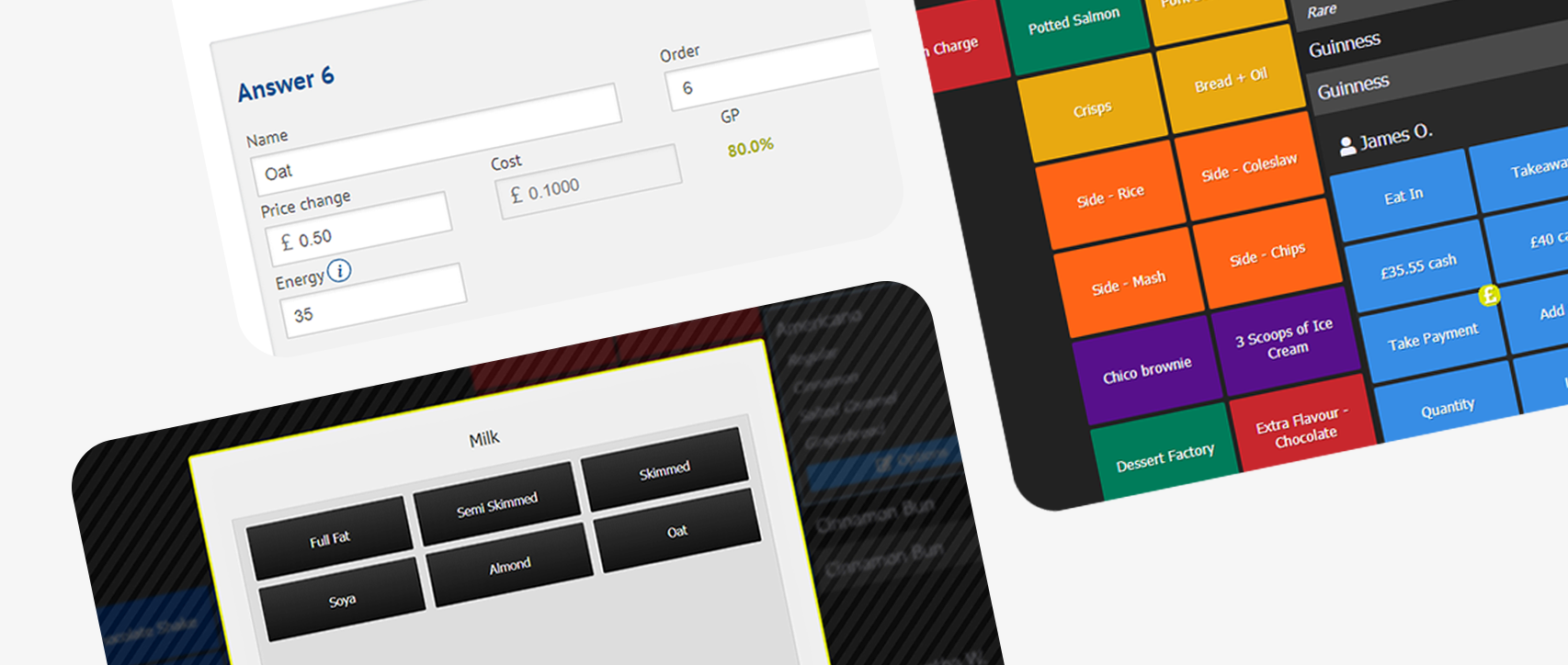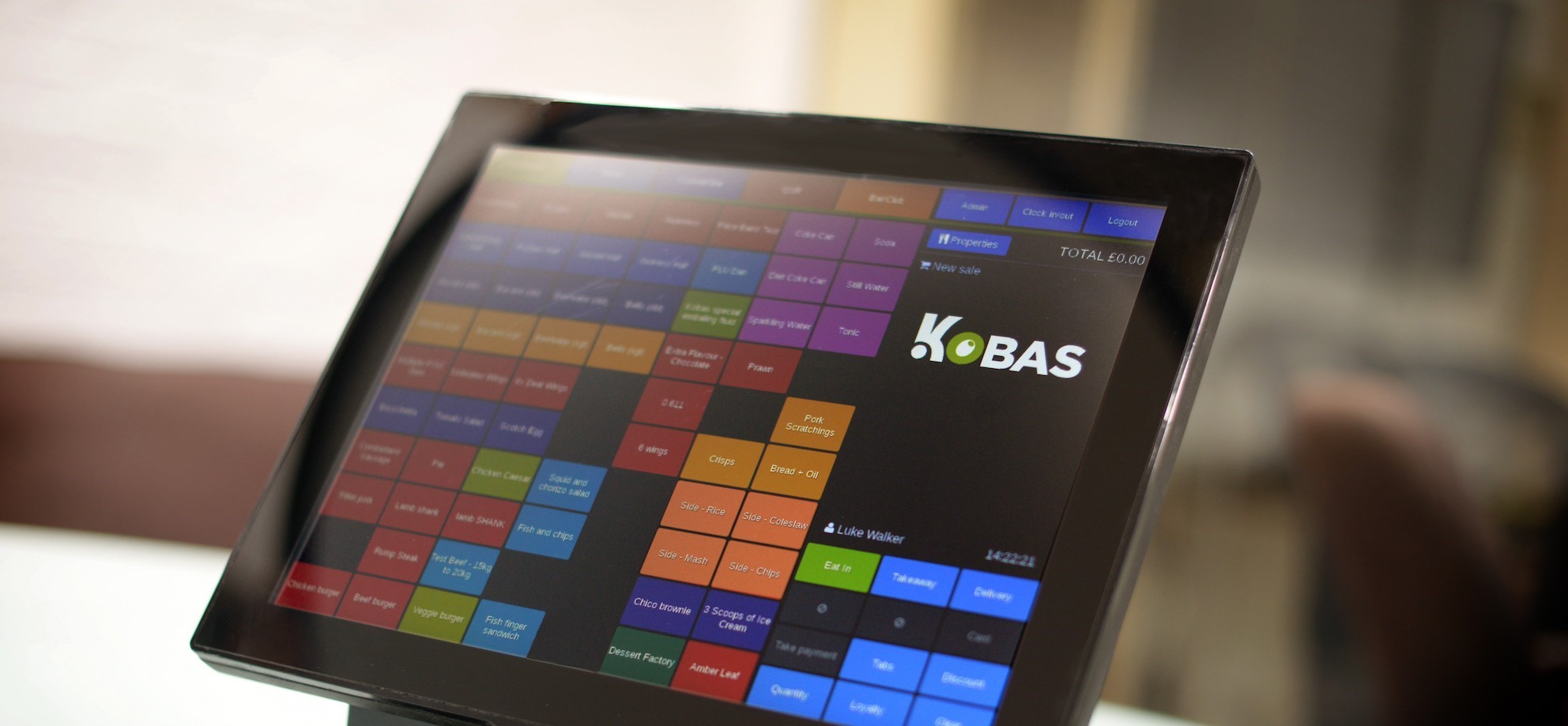Giving more by offering less
I’m going to say something here that’s going to upset, or at least annoy, a lot of people. At face value it will seem self-serving, but hear me out and see if you still disagree in a few minutes. Here goes:
Getting every ‘best of breed’ solution is normally NOT the best approach for the software needs of a business.
Let’s deal with the obvious first; I would say this because I’m CEO at Kobas, a company that is focused on the opposite of this statement, and while this is true, it’s putting the cart before the horse. Kobas was conceived and written this way because of this belief, if I didn’t think this was correct then it wouldn’t have been the direction I took our product in a decade ago.
With that out of the way, let’s look at some of the specifics that inform this view. In many ways, this is just an extension of the Pareto Principle (or the 80/20 rule) but you can point to any number of examples in your business or personal life that show it holds true. You can read more about the Pareto Principle in this feature adoption report and beating the 80/20 rule with customer training blog.
I like to think of myself as a ‘power user’ of technology but I still don’t think I use more than 50% of the features my iPhone offers, and even some of the things I use are so rare that I could live without. For example, I rarely Airdrop photos or use the ‘button’ on the back of the phone to take a screenshot – I certainly wouldn’t want to pay extra for them. The reason there are so many features on an iPhone that I, and many other people, don’t use is that for someone they are vital or useful.
Take my father, for example, who still uses an iPhone SE from 2017 and is dead set that it does everything he needs of it, despite it having little storage (32GB), a relatively small screen (he likes that it can fit in his hand) and a camera so poor his photos only have a passable resolution at thumbnail size. I’ve pointed out that a newer phone would be faster, have more space to store things, have added security in fingerprint / face login protection and a camera that can take pictures as good as he could with his ‘proper’ camera… but still he resists as he doesn’t see the value in these things. This is an object lesson in having the right tool for the job, not the best tool available… even though I’ve told him I’m withholding tech support on his phone until it’s upgraded!
You could draw parallels between the O’Sullivan family’s phone usage and virtually every person and every piece of software / hardware they use.
This reveals a couple of core learnings:
- Most of the value derived from software / hardware comes from relatively few key features / components they contain.
- When deciding what you need from software / hardware, only entertain options tick all your ‘Must Have’s, but be more liberal with your ‘Should’s and ‘Could’s.
The downside of integrations
The other reason you often hear “integration, integration, integration” or “we integrate with everyone/anyone” is because, for those companies, without the integrations their product is limited or of no use at all. This isn’t to say the software other companies provide isn’t excellent, for the most part it really is top-quality stuff, but much of the value System A can deliver is built on a requirement for Systems B to Z to supply it with the data it needs. I’ll give some balance to these points later, but for the most part, integrations generally stem from the needs of a provider, rather than the wishes of a client.
Finally for the case against integrations, we have the more relevant than ever spectre of cost. As with most things in life, the bigger you are, the more there are economies in that scale. Every individual application you run needs to be able to turn its own profit for the provider, which means charging a fee to their clients that achieves this. It stands to reason that the more individual applications you run across your business, the more you’ll be paying as each of those applications has sunk costs (HR, finance, offices etc) that could be reduced if centralised.
On top of these direct costs, you have the time cost (which can be translated into the monetary cost) of having to maintain your integrations. Maybe there is some duplication (normally around user accounts etc) and what to do if / when things go wrong. Overall, separate platforms collectively cost more than one centralised system, often treble the cost and more.
Where integrations have a place
Given this is a blog on the Kobas website, you’d be forgiven for thinking this is where I launch into the selling speech for Kobas as the elixir to all your needs. Despite the repeated pleas of the marketing and sales departments, this isn’t where I’m going. This is for a good reason; while our software does an excellent job at doing all the things you need really well, along with a lot of the things you’d like, it doesn’t (and probably won’t ever) tick every box for every operator. It’s true that I think we sit in the sweet spot of the opposing camps of depth and breadth, but there is definite self-serving bias there.
Having made the case against integrated best-in-class, let’s switch it up and discuss where they’re the right play. It goes without saying that in a market as diverse as hospitality there is no hard and fast rule that will apply to everyone, so if you’re thinking “this isn’t me” then you’re probably right, but I believe the centralised approach is optimal a lot more often than it isn’t.
The first and most obvious reason for an integration, and you might as well go for the best option at this stage, is because features that you need just aren’t available in your ‘core’ system. Until you get into the rarefied air of completely custom software, which brings with it eye-watering pricing, ongoing maintenance, and a host of other challenges, you will struggle to find everything in one place. Looking specifically at Kobas, we don’t offer our own bulk email marketing tool, employee benefits option, or a customer Wi-Fi system. That’s why our clients need to look to one of our integrated partners (shout out to Mailchimp, Hastee, and Wireless Social respectively).
There are also going to be times when the core offering of a product just doesn’t give you all the features on your ‘Must’ list for that section. We find this most commonly happens with our reservation system because although we have an offering that allows you to do most of what you need, specific applications from the likes of SevenRooms, Collins, and ResDiary have so many advanced features we don’t. it makes financial sense to spend the extra on them. Over time, our offering will continue to evolve and in the months and years to come, we will tick more and more of the boxes we need to. For now, however, you need a solution, and they provide it.
My point is that integrations serve a vital purpose, but they should be a second choice to be used when you can’t get what you need in your main application.
In part two I’ll discuss different approaches to system centralisation >
Disclaimer: The opinions expressed in this blog post are those of the author and do not represent the opinions of the people and/or organisation the author is associated with, unless stated otherwise. The thoughts and opinions of the author may change from time to time as they learn more and/or develop an understanding of the topic that is being written about. This blog post provides a snapshot of the knowledge, views and opinions the author holds at the time of publishing. The author has the right to evolve and change their opinions without assigning any reasoning.


